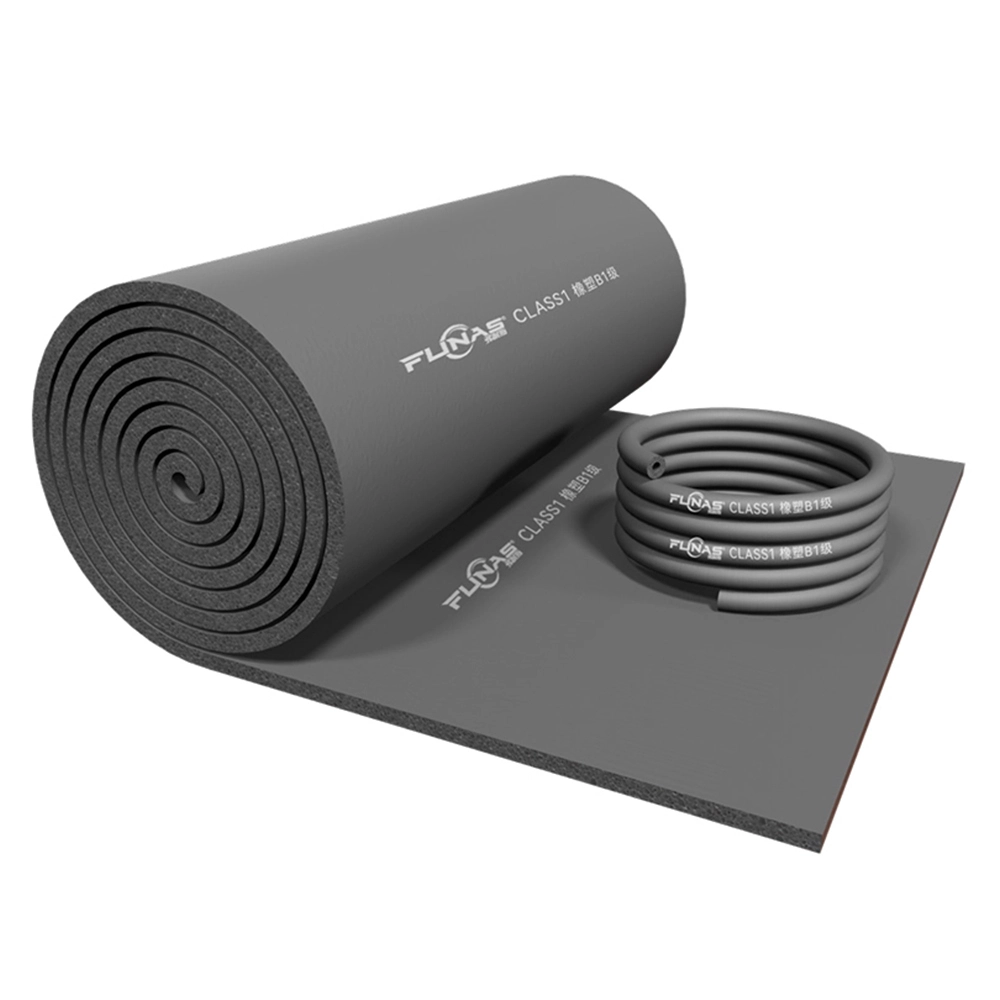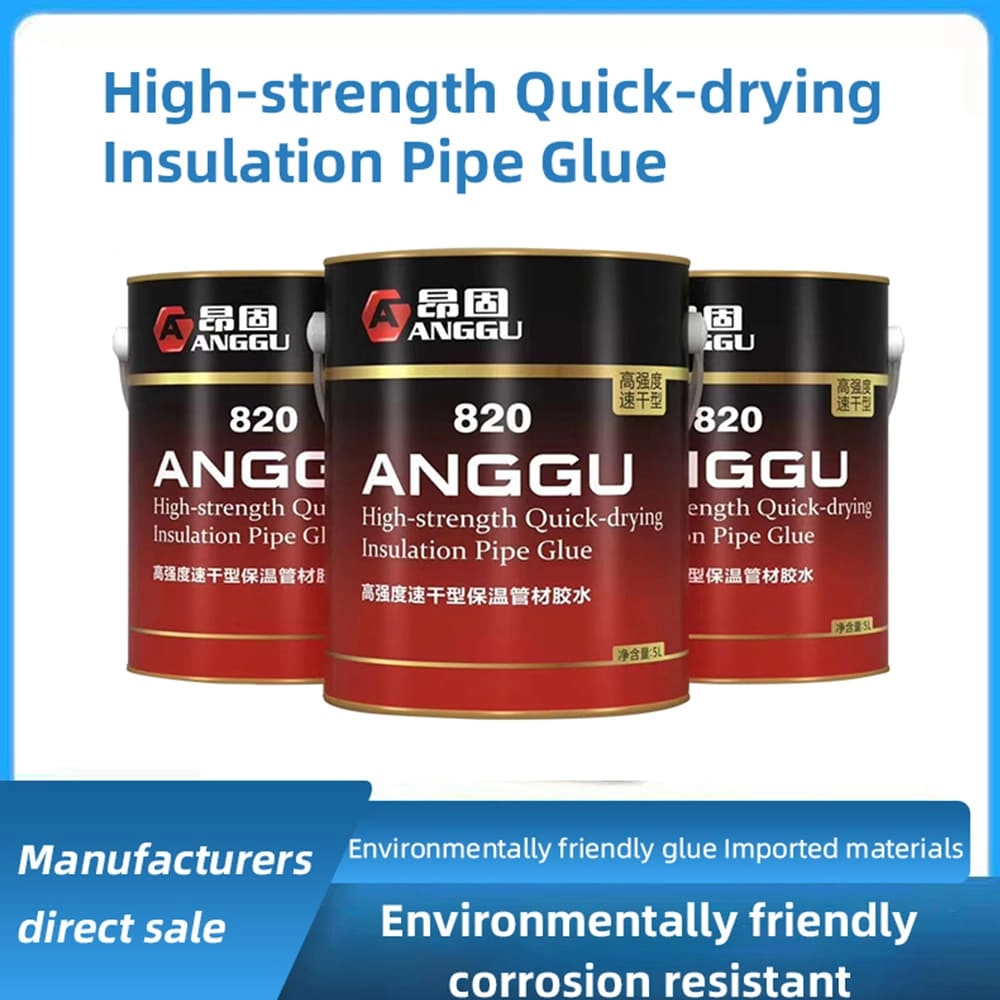how to replace insulation in walls | Insights by FUNAS
Learn effective methods for replacing wall insulation, explore various insulation materials, and understand industry trends to make informed decisions for your home improvement projects.
- Comprehensive Guide to Replacing Wall Insulation: Expert Insights and Material Selection
- 1. What Are the Most Effective Methods for Replacing Wall Insulation?
- 2. What Are the Key Considerations When Choosing Insulation Materials?
- 3. How Do Industry Trends Influence Insulation Material Selection?
- 4. What Are the Challenges in Replacing Wall Insulation?
- 5. How Can Homeowners Ensure Proper Installation of Wall Insulation?
- Conclusion: Why Choose FUNAS for Your Insulation Needs?
Comprehensive Guide to Replacing Wall Insulation: Expert Insights and Material Selection
Replacing wall insulation is a crucial step in enhancing your home's energy efficiency, comfort, and sustainability. This guide addresses common questions and provides expert insights into effective methods, material selection, and industry trends to assist you in making informed decisions.
1. What Are the Most Effective Methods for Replacing Wall Insulation?
Replacing wall insulation involves several methods, each with its own considerations:
Blown-In Insulation: Suitable for existing walls, this method involves drilling holes and injecting loose-fill materials like cellulose or fiberglass. It's minimally invasive but may require professional expertise.
Spray Foam Insulation: Provides superior air sealing and thermal resistance. However, installation is complex and often necessitates removing drywall or exterior siding, making it more suitable for new constructions or major renovations.
Rigid Foam Board Insulation: Installed on exterior walls, it offers high R-values and moisture resistance. This method may alter the home's exterior appearance and is typically used during major renovations.
2. What Are the Key Considerations When Choosing Insulation Materials?
Selecting the right insulation material depends on several factors:
Thermal Performance (R-Value): Higher R-values indicate better thermal resistance. For instance, cellulose insulation has an R-value of approximately 3.4–3.8 per inch, comparable to fiberglass.
Moisture Control: Materials like spray foam act as vapor barriers, reducing moisture-related issues.
Environmental Impact: Eco-friendly options include cellulose insulation, made from recycled paper products, and bio-based materials like hempcrete, which offer good thermal performance with minimal environmental footprint.
Cost: Materials vary in cost; for example, cellulose insulation costs around $0.60–$2.30 per square foot, while spray foam ranges from $1–$2 per square foot.
3. How Do Industry Trends Influence Insulation Material Selection?
Recent industry trends impact insulation choices:
Sustainability: There's a growing preference for recyclable and bio-based materials due to environmental concerns. The global sustainable building insulation market is projected to reach USD 93.9 billion by 2032, driven by eco-friendly materials and government policies.
Technological Advancements: Innovations like smart insulation systems with embedded sensors monitor temperature and humidity, optimizing energy use and potentially saving 20–30% annually in smart homes.
Regulatory Changes: Stricter energy efficiency mandates in North America and Europe are accelerating the adoption of advanced materials. For example, the global thermal insulation material market is projected to reach USD 96.0 billion by 2028, growing at a 6.0% CAGR.
4. What Are the Challenges in Replacing Wall Insulation?
Replacing wall insulation presents several challenges:
Access Issues: Existing walls may require significant alterations, such as removing drywall or exterior siding, to access the cavities.
Moisture Management: Improper insulation can lead to moisture problems, especially in older homes.
Cost Considerations: High-performance materials like spray foam have higher upfront costs but offer superior benefits.
5. How Can Homeowners Ensure Proper Installation of Wall Insulation?
To ensure effective insulation installation:
Professional Assessment: Consulting with insulation experts can provide tailored solutions based on your home's specific needs.
Quality Materials: Investing in high-quality, appropriate materials ensures long-term performance and energy savings.
Compliance with Standards: Ensure that installation meets local building codes and regulations to guarantee safety and efficiency.
Conclusion: Why Choose FUNAS for Your Insulation Needs?
When selecting insulation materials, consider factors like thermal performance, environmental impact, and cost. FUNAS offers a range of high-quality, eco-friendly insulation solutions tailored to meet diverse needs, ensuring optimal energy efficiency and comfort for your home.

The Ultimate Guide to Glass Wool Insulation 2026

Top 10 Foam Rubber Sheet Manufacturers for Insulation & More

Top 14 Rock Wool Panel Brands: Expert Guide for 2026

Top 10 Insulation Adhesives for Heat & Soundproofing 2026
FAQ
What types of rubber foam insulation do you offer?
We offer a wide range of rubber foam insulation with different thicknesses and specifications. Thermal insulation material manufacturer FUNAS sleeves and sheets are suitable for different application scenarios.
What is the typical delivery time for custom orders?
Our daily production capacity is 800 cubic meters. Delivery time varies depending on the complexity of the insulation material wholesale order, but we can deliver large quantities of customized products within 4-6 weeks after the approval date, and small quantities can be delivered within 15 days.
service
How does your technical support work?
Our technical support team is available to guide you through every stage of your project—from product selection and design to installation. We provide expert consultation to ensure that you get the best insulation solution for your needs and can assist with troubleshooting if needed.
Are your rubber foam products environmentally friendly?
Yes, our insulation products are designed with sustainability in mind. They help reduce energy consumption by minimizing heat loss and gain, and they are made from durable materials that have a long life cycle, reducing the need for frequent replacement.
You might also like

Wholesale Rock Wool Mineral Wool Board Panel Sheet
High-performance rock wool board for superior thermal and acoustic insulation. A reliable choice for building projects.

Rubber Plastic insulation Material Glue

Blue Rubber-plastic Tube Rubber foam pipe wholesale

Wholesale Roof And Wall Thermal Heat Insulation 50mm Thickness Aluminum Foil Fiberglass Insulation Roll Glass Wool
Glass wool is the molten glass fiber, the formation of cotton-like material, chemical composition belongs to the glass category, is a kind of inorganic fiber. With good molding, small volume density, thermal conductivity both, thermal insulation, sound absorption performance is good, corrosion resistance, chemical stability and so on.
Leave a message
Have any questions or concerns about our products? Please leave us a message here and our team will get back to you promptly.
Your queries, ideas, and collaboration opportunities are just a click away. Let’s start a conversation.


















































